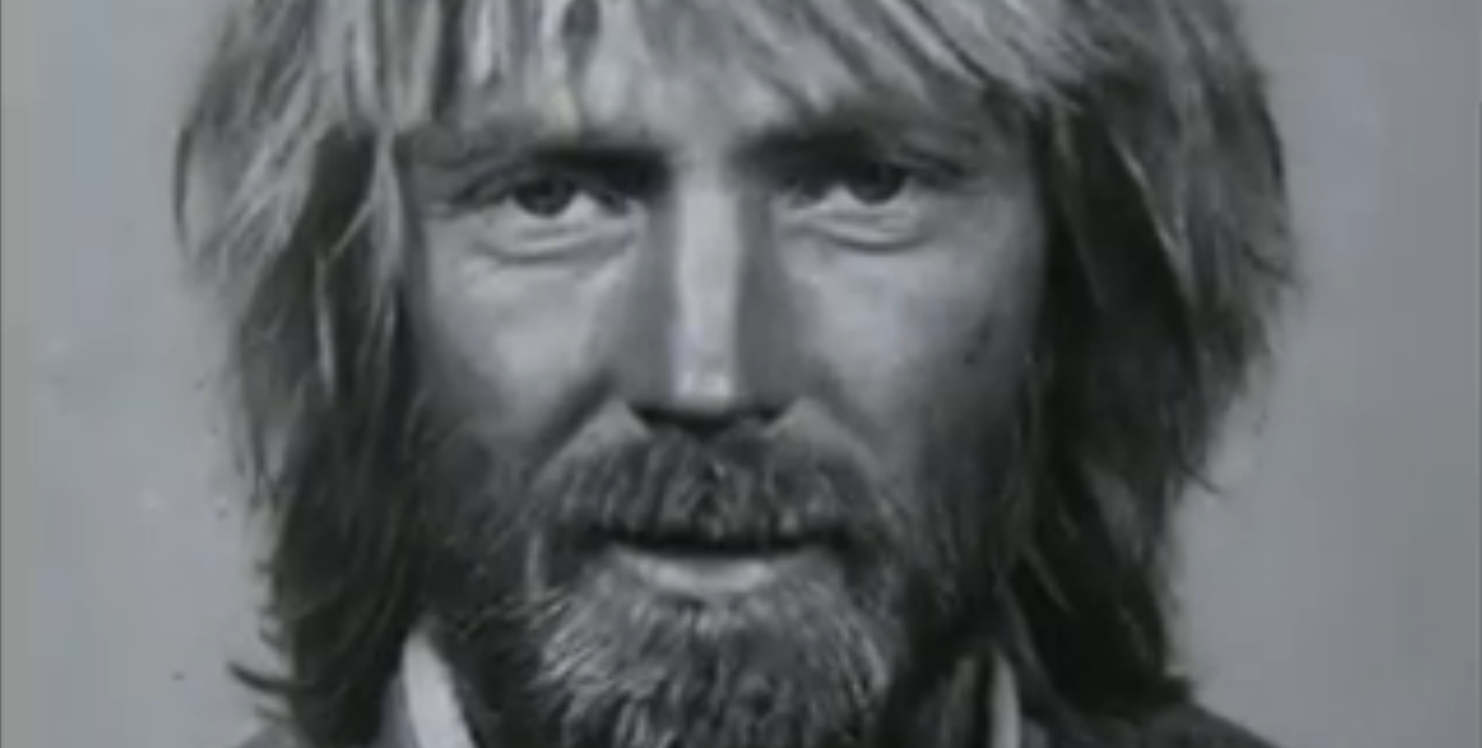Jerry Mitchell spent four years reporting the story of suspected serial killer Felix Vail. Earlier this month, 54 years after the death of Vail’s first wife (his second and third wives are still missing), a jury in Louisiana found Vail guilty of murder.
This isn’t the first cold case Mitchell’s investigations for The (Jackson, Mississippi) Clarion-Ledger has revived. In 1989, he started looking into the long-dormant assassination case of Medgar Evers, a NAACP leader. That investigation led to the conviction of Byron de la Beckwith, a member of the Ku Klux Klan who was sentenced to life in prison. His investigation has also spurred convictions of Klan Imperial Wizard Sam Bowers and Bobby Cherry, who was responsible for a church bombing in Birmingham, Alabama.
He’s learned over time that reporting on cold cases is both a mindset and an approach.
It’s not a journalist’s job to convict someone of a crime, cold case or not, but Mitchell likes the way a fellow investigative reporter puts it: “I just catch ’em. I don’t fry ’em.”
But it is a journalists’ duty to expose the truth, Mitchell said before heading out to cover the memorial service of Vail’s second wife, Sharon Hensley. Here are a few things he’s learned about how to do that work:
Don’t forget the basics
The first step to covering a cold case is to sweep for documents, Mitchell said. Try to get as many as you can find.
Those documents lead to names, and often, those names lead to other names. In his investigation into Vail, Mitchell always asked people “who else should I talk to?”
“Especially in this case, what I was looking for were people that knew Felix Vail,” Mitchell said.
Mitchell found two people who knew Vail this way, he said. Both men also testified in Vail’s trial.
Mitchell also looked for details that could be used as evidence. He found that Vail told several different stories to different people about the disappearance of his third wife. That was as important as Vail’s journals from a legal perspective, Mitchell said, and it’s something he spent time collecting.
Get to know your editor
Mitchell began working on Vail’s story in 2012, and his latest series ran before his trial. Mitchell has worked with editor Debbie Skipper for more than 20 years. And by now, she knows that giving him time to work on a story is always worth the wait.
But Mitchell has advice for young reporters who haven’t developed that kind of relationship or reputation yet: Make time for ambitious work on the side. It’s not something everyone loves to hear, but if you show you can do it, “you kind of buy yourself some goodwill and possible opportunities for doing that in the future.”
If your editor usually wants whatever you’re working on immediately, give yourself some time before you share what you’re up to. Be willing to surprise them, he said. Mitchell also recommends offering a “minimum story/maximum story” look at what you have. Can you lobby for a few hours a day to work on it?
Now, Skipper usually asks him if he wants more time, Mitchell said.
“I know that sounds incredible.”
Get organized
Dropbox has become an essential tool for Mitchell.
“I use Dropbox to organize all my stuff now,” he said.
As he’s reporting, he tries to transcribe his notes electronically early in the process, before he forgets important details. He records interviews that might be especially important, including time with family members in the Vail story. He also went through 2,000 pages of Vail’s journals.
Mitchell worked to transcribe about 10 years of those journals digitally. It’s extremely time-consuming, but then when names or details come up elsewhere, he’s able to do a text search and put the pieces together.
Work for emotional balance
The first time Mitchell got emotionally involved with a story was his coverage of Evers’ murder.
“I got really involved emotionally with the first one,” Mitchell said. “That was the first cold case I worked on. I just felt like the whole time I was just on this rollercoaster. I was.”
After that, he resolved to focus on the families. You can’t worry about highs and lows that come with the work, he said. Those are inevitable.
For him, “Gone” shows the power of the press. More than 50 years after a woman’s death, after two more women went missing and nothing was done about it, his story led to an arrest, which finally led to a conviction.
“At the end of the day,” he said, “we’re reporters, and we try to shine the light.”







